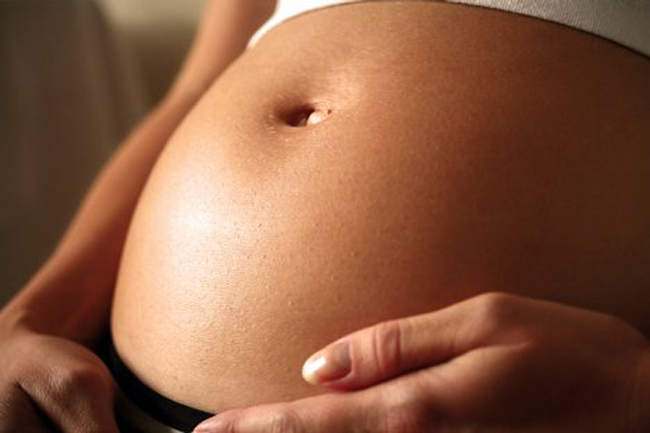CNPRC Study Leads to Meningococcal Vaccine Improvements
On February 12, 2015, CNPRC Affiliate Scientists Drs. Koen Van Rompay, Peter Beernink, and Dan Granoff announced important findings from a pilot project study conducted at the CNPRC on improving the effectiveness of the meningococcal vaccine for prevention of sepsis and meningitis caused by meningococci group B, a rare, and sometimes [...]




















